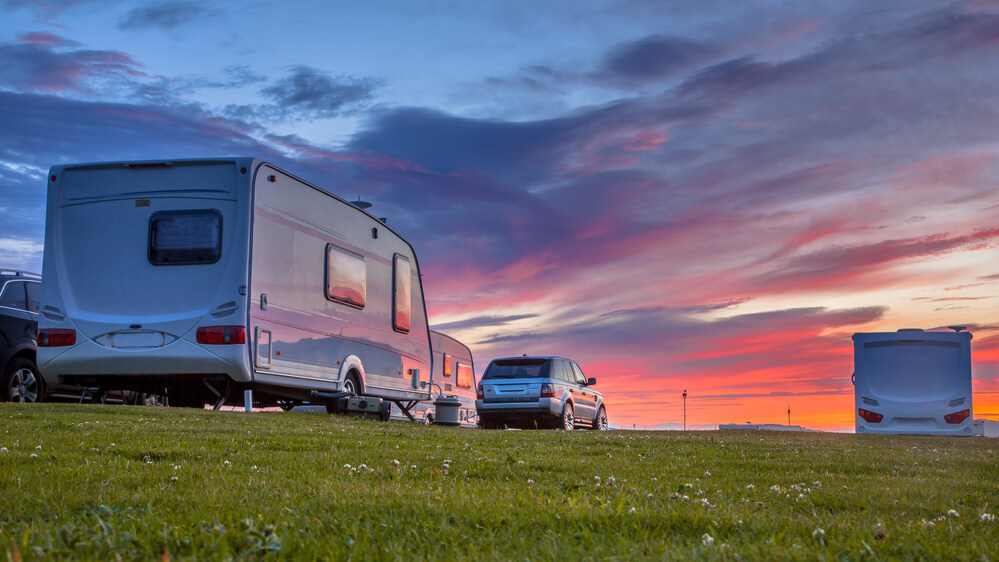
The pandemic might have put paid to recent opportunities for outings in your caravan. Although you’ve probably done it a hundred times or more in the past, therefore, you might be a little out of practice when it comes to safely and efficiently packing your caravan.
So, here are some of our top tips on doing that packing so that the ‘van remains street-legal while on the road while also making sure that you pack all that you need – but no more.
Keeping it legal
Any caravan you tow must be within its legally defined maximum weight. The welter of different measures for the weight of your caravan – whether it is loaded or unloaded – might be cause for some confusion but the main ones to keep in mind are:
Maximum Authorised Mass (MAM)
- this is the key weight to bear in mind and represents the total weight of your caravan and the maximum load it may legally carry – you might also see the same weight referred to as the Maximum Technically Permissible Laden Mass (MTPLM);
- not only is this the legal maximum it also gives a guide to the type of vehicle needed to tow it – as a rule of thumb, for example, the MTPLM should not be more than 85% of your car’s kerb weight;
Mass in Running Order (MIRO)
- yet another weight you need to be familiar with is that of the Mass in Running Order (MIRO) or the weight of your caravan (including its fixtures and fittings) as it left the factory – so that you can calculate the maximum permissible weight of everything you load into your caravan simply by subtracting the MIRO from the MAM; and
Nose weight
- your caravan’s manufacturer will also specify the maximum nose weight – the maximum load exerted on the towing bar of your car.
Loading
With the legal requirements riding so heavily on the laden weight of your caravan, it clearly pays to keep your packing as light as possible – suggest caravan manufacturers Bailey of Bristol. But that doesn’t mean leaving useful kit at home so much as choosing lightweight gear whenever possible and avoiding unnecessary cargo.
Equally important – given that equally critical nose weight – is the distribution of the load. Try to place the heaviest items on the floor – so they do not have space to fall – in the middle of your caravan, more or less over the wheel axle.
As you’re doing the packing, remember, too, that the lighter the load, typically the less fuel you’ll consume says the Camping and Caravanning Club.
Water
Another weight-saving tip is to only partly fill your caravan’s water tank and cistern rather than weighing it down with unnecessary water on the journey. You can easily fill the reserves to capacity once you reach your campsite. (Further reading: Benefits of collapsible water carriers).
Gas
Similar considerations go for the gas cylinders stowed in your caravan. You are likely to have a shrewd idea of how much gas you are likely to consume – depending on the length of your holiday and the time of year (whether you will be firing up the heating system, for example). So, if you are away for a relatively short time or touring in the height of a warm summer, think about leaving one of the cylinders at home or travelling with only a spare empty cylinder which you can refill as and when the need arises.
Food
Your caravan might be your home away from home, but you might want to go easy on the provisions you take with you. Even if you’re headed somewhere off the beaten track, you’re still likely to pass shops nearby.
Stocking up once you get there saves you valuable space and weight for the journey – and promises extra fun when buying the produce from foreign parts in a language that’s probably not your own.
Pack right, pack light
Packing your caravan safely and efficiently, therefore, is simply a question of following the rules about loading weights while aiming to keep everything as light as possible.
Further reading: Caravanning Checklist.

